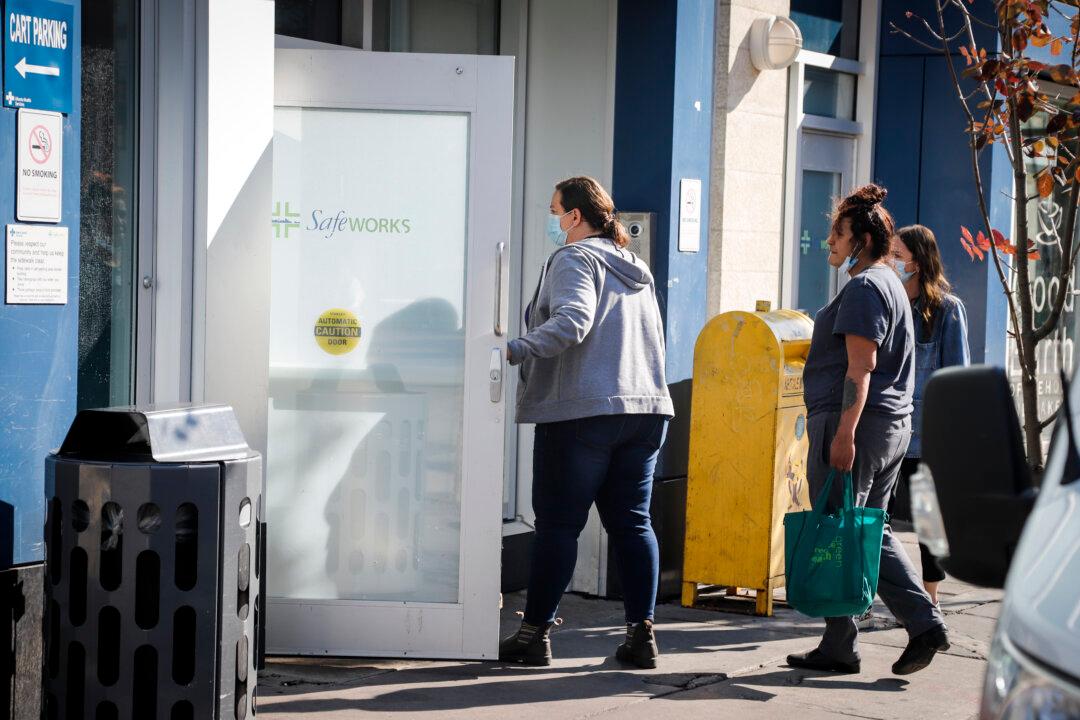Thousands of daycare centres across Canada will hold rolling closures between Oct. 21 and 25 to protest the federal government’s move to universal child care and funding changes for existing centres.
Ottawa announced in 2021 that it would introduce a federal child-care program to reduce the cost of care to $10 a day for parents. The program, dubbed the Canada-Wide Early Learning and Child Care Plan (CWELCC), is being rolled out gradually by provinces. The federal government earmarked $27 billion in funding over five years to build the program.





